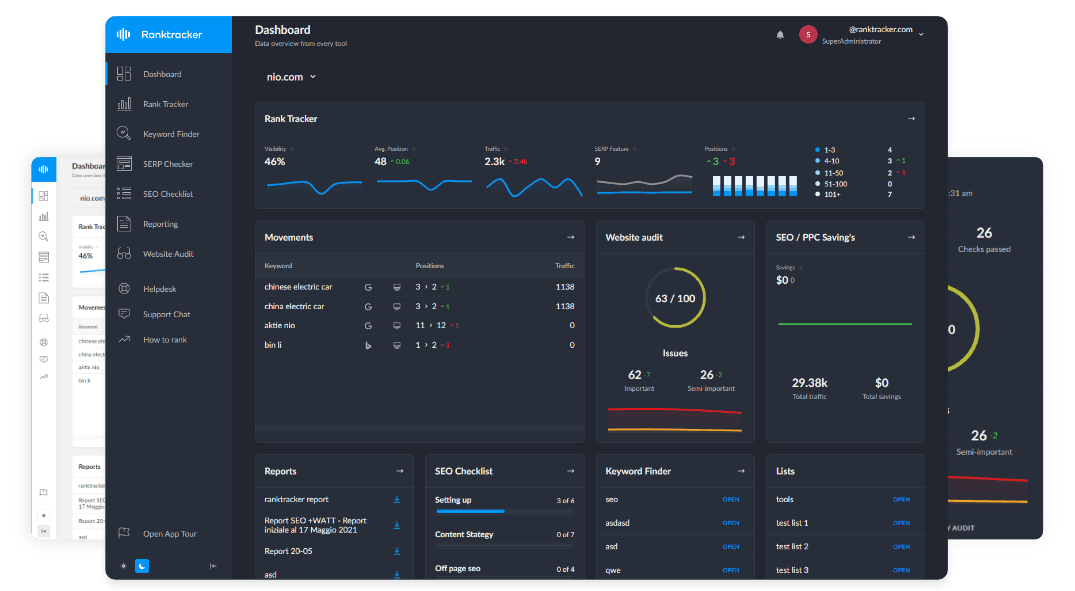Intro
Government agencies must communicate anything new in their line of work to the public. Compelling video content can help them raise awareness, deliver essential services, and shape public perception. Engaging and informative videos help these agencies connect with the public at a personal level.
However, creating videos doesn't begin by pressing the "record" button. It's a carefully crafted process, so the final product is effective, clear, and credible. Here's how government videos are produced and why they matter.
Why Government Videos Matter
Government video production in Melbourne strengthens communications between the government and the public. It's a powerful tool to:
- Inform people about new initiatives, polices, and programmes
- Break down complex ideas into smaller and digestible messages
- Reach a wide and diverse audience
- Build accountability and transparency
A well-crafted government video content can better communicate with the people that the officials serve, whether it's a short training material or a brand video campaign.
Every Step of The Government Video Production Process
1. Strategy and Planning
Before getting into the work behind the camera, your government video must have a clear plan. A strong strategy aligns your message with the target audience, project objectives, and goals.
You should:
- Define the purpose of the video, such as a part of a series of training materials or educational content.
- Identify the core message the video wants to communicate.
- Understand the unique needs of the government organisations you're working with.
- Create a realistic budget and production schedule for the entire video production work.
2. Concept Development and Pre-Production
These parts of the government video production turn ideas into actionable plans. They involve:
- Scriptwriting and storyboarding: Writing the story's flow and visualising it frame by frame.
- Casting talent: Hiring actors to bring the script to life or selecting real people for interviews.
- Planning shoots and locations: Securing studios and real locations for shooting and deciding the number of scenes to be shot per area.
You and your team can choose whether to use animation, live-action, or both. With pure animation, you don't need to shoot anywhere else. If you choose a mix of animated and live-action approaches, your actual filming usually happens inside the studio.
Government entities should work closely with the production company to ensure the concept aligns with their standards and public expectations.
3. Filming and Production
In the production phase, the team takes all essential footage based on the plan. This includes:
- Interviews with citizens or public officials
- B-roll footage for adding depth to storytelling
- On-site location or in-studio shoots
- Voiceover recordings
A professional crew with extensive experience working on government projects can work around sensitivities, logistics, and regulations of government departments.
4. Post-Production and Editing
This stage begins after filming is complete. The final video starts to come alive with:
- Video editing and sequencing
- Sound and graphic design
- Colour grading
- Adding translations, closed captions, and subtitles for accessibility
- Reviewing the final edit with the government agencies
Timely and constructive feedback during post-production helps ensure the end product matches the project's original goals.
Best Practices for Creating Government Videos
Tell Real Stories
Audiences give rave responses when you create videos with relatable stories and real people. This is why government bodies should be hands-on in producing videos about programmes and policies that resonate with the Australian sentiment to connect emotionally.
Keep It Clear and Concise
When creating training videos, public awareness, or service announcements, having a clear and short message is the best way to communicate. Use plain language and leave the government jargon behind.
Ensure Visual and Audio Quality
Your message won't land how you want it when the video has poor lighting, shaky shots, and bad sound. Use tripods to stabilise your shot. Test your lighting and sound equipment before the filming to see if they work as intended.
Follow Branding Guidelines
The video's style, design, and tone should reflect everything the government agency stands for. To avoid revisions, follow all internal branding guidelines for the colours, fonts, logos, and messaging to ensure proper government communication.
Types of Government Videos
These videos have different purposes, but they follow the same content creation and production process:
- Training videos for the public and government employees
- Community engagement stories
- Health campaigns, such as disease prevention
- Public safety and emergency updates
- Policy explainers with animation
- Infrastructure project data
- Recruitment videos for government offices
Choosing the Right Video Production Company
Video production services are different from each other. Look for one that offers:
- A trusted experience working with government agencies
- Proven track record of crafting high-quality video content
- Beats tight production schedules and budgets with backup plans in case anything happens in the middle of the shoot
- Collaborative in creative direction while following the government body's guidelines
- A full-service approach, from pre- to post-production
A team that listens, works, and delivers on time with the right message is the best one you can ever work with.
Final Thoughts
Producing video content for government organisations is a public responsibility. When done right, these videos foster connection, transparency, and support for positive social change.
Understanding the government video production process, focusing on storytelling, and following guidelines allows government entities to make an impact with their content, gain the people's trust, and better serve them.

